
The black-eared leopard possesses a diverse palette for its fur coat, ranging from a warm brownish-orange hue to a captivating brick red shade. On the underside of the leopard, as well as its chin and throat, a velvety white fur embraces the majestic creature. A captivating feature is the presence of a sleek black stripe, gracefully extending from the eyes to the elegant nose of this remarkable feline.

The measurements of the black-tailed lynx typically range from 40 to 50 centimeters in length, with a weight varying between 8 and 18 kilograms.
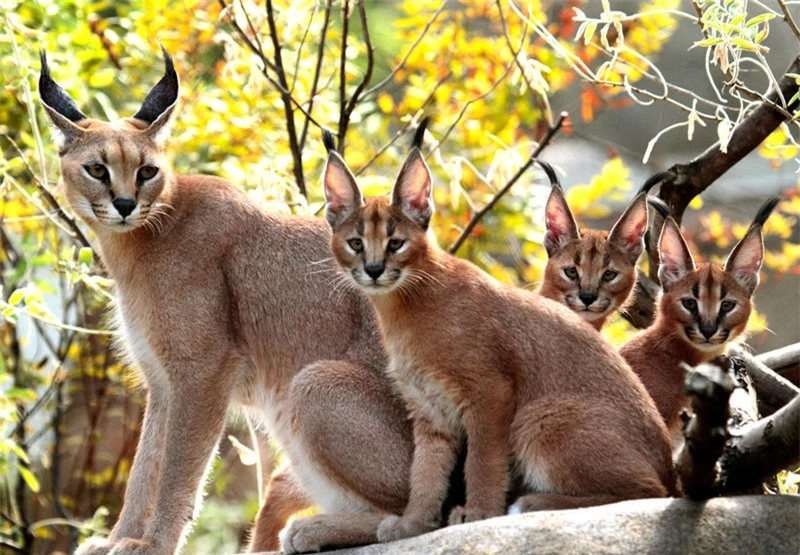
The maned wolf possesses a fascinating characteristic that sets it apart – a bunch of lengthy jet-black fur situated right behind its ears, spanning around 4.4 cm in size.
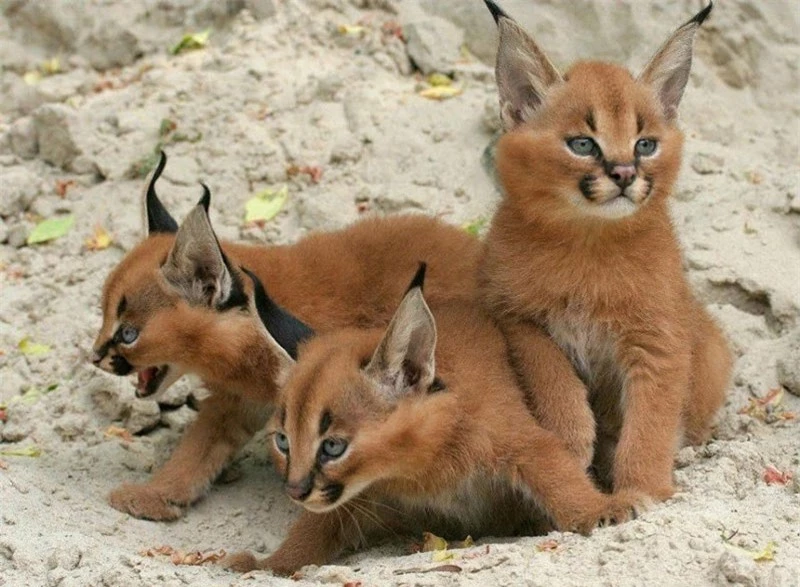
A charming Lynx with a sleek black coat.
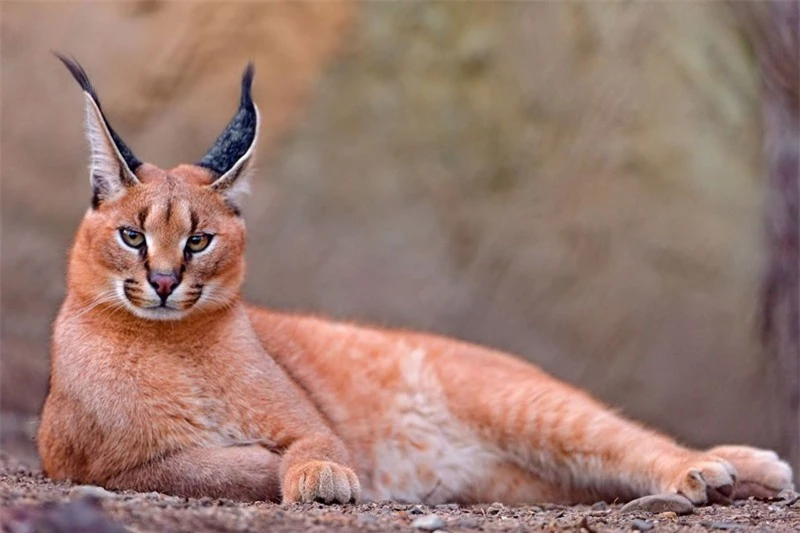
The nocturnal behavior of the black-handed civet is well-documented.
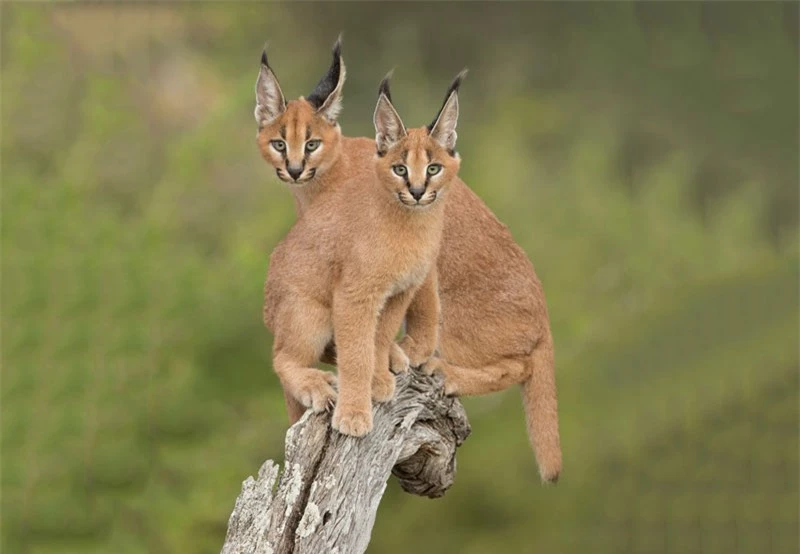
The black-eared civet has a diet mainly consisting of small mammals, birds, and rodents. This agile creature showcases its impressive leaping ability, reaching heights of up to 3 meters, as it skillfully catches birds while they are in flight.

At present, there is a growing trend among people who are choosing black-eared cats to welcome into their homes as beloved pets.
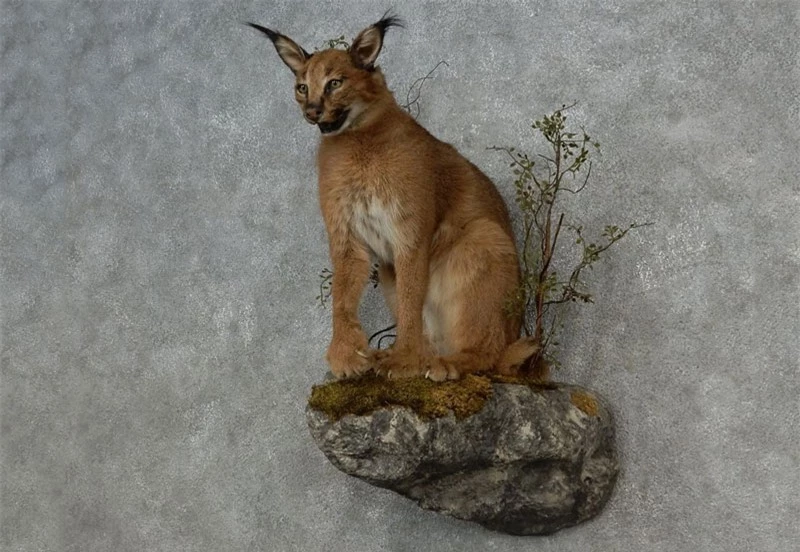
Once black-eared lynxes reach the ripe age of one, they venture into the enchanting realm of reproduction.
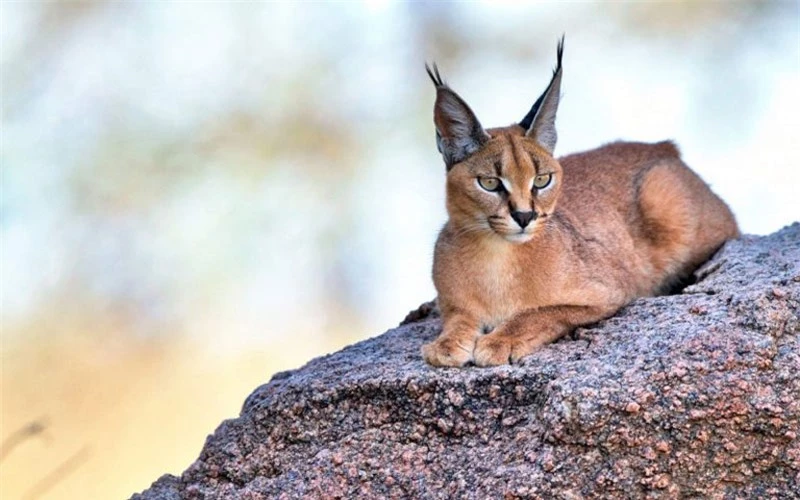
Typically, they undergo a gestation period lasting from 2 to 3 months, resulting in the delivery of litters consisting of 1 to 6 offspring.
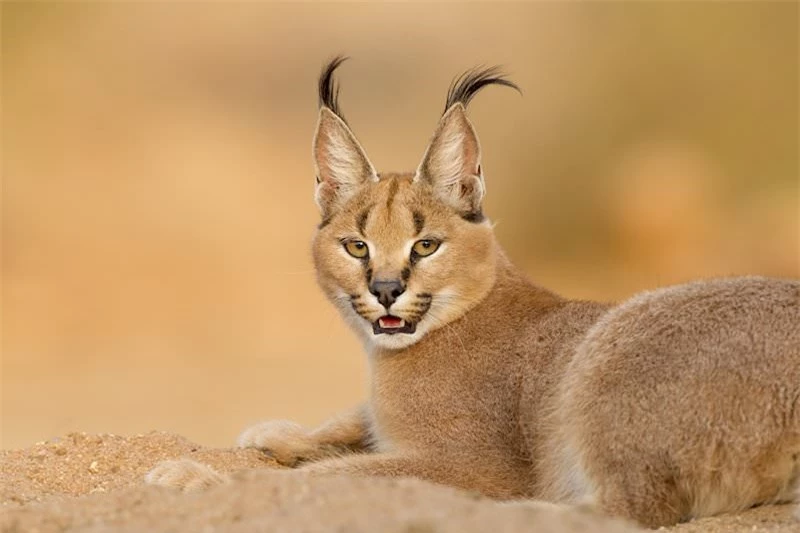
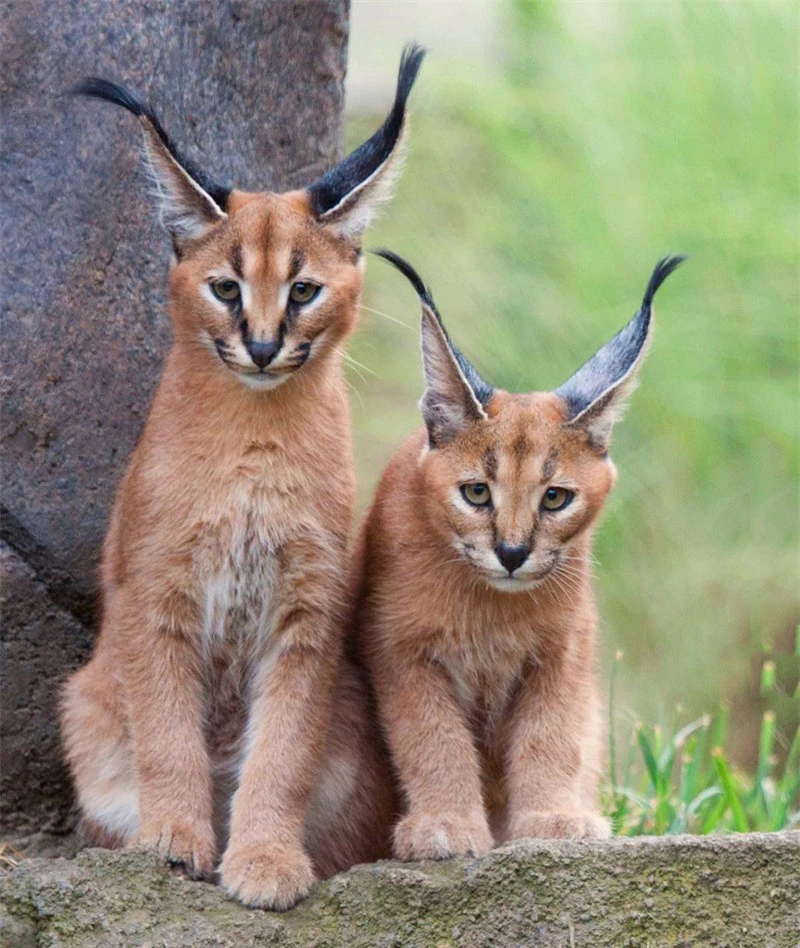
Usually, after approximately 9-10 months, black-eared cats will venture out on their own, separating from their mother. Generally, the young cats tend to stick around and stay with their mother during this time period.
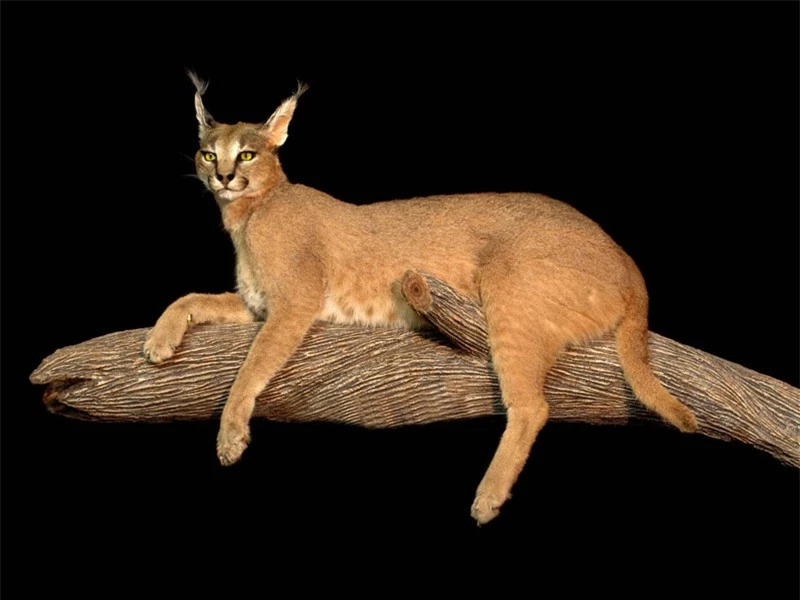
The black-eared cat is most commonly found in forested regions, arid deserts, or locations abundant in shrubbery and bushy vegetation.
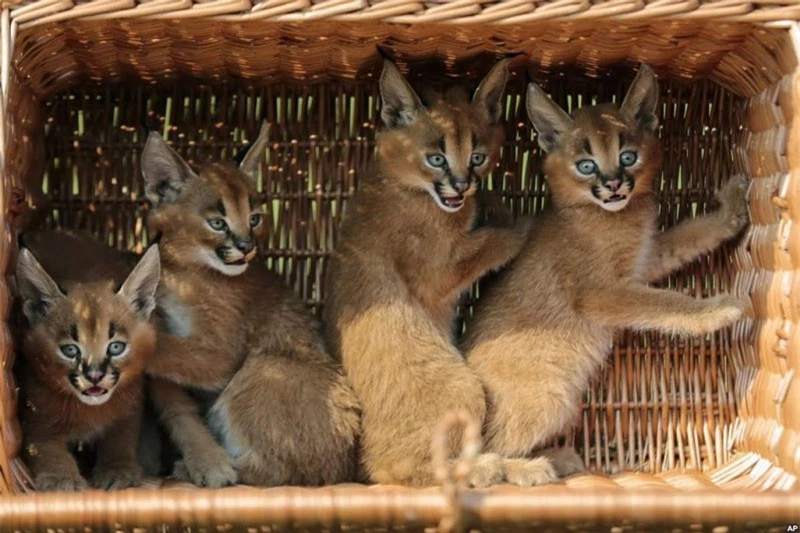
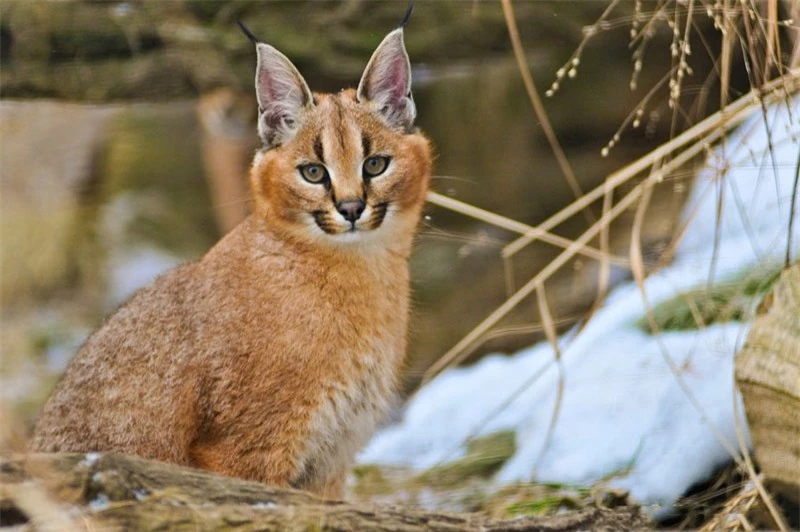
Typically, black-eared felines have a lifespan of approximately 16 years when raised under human care.
